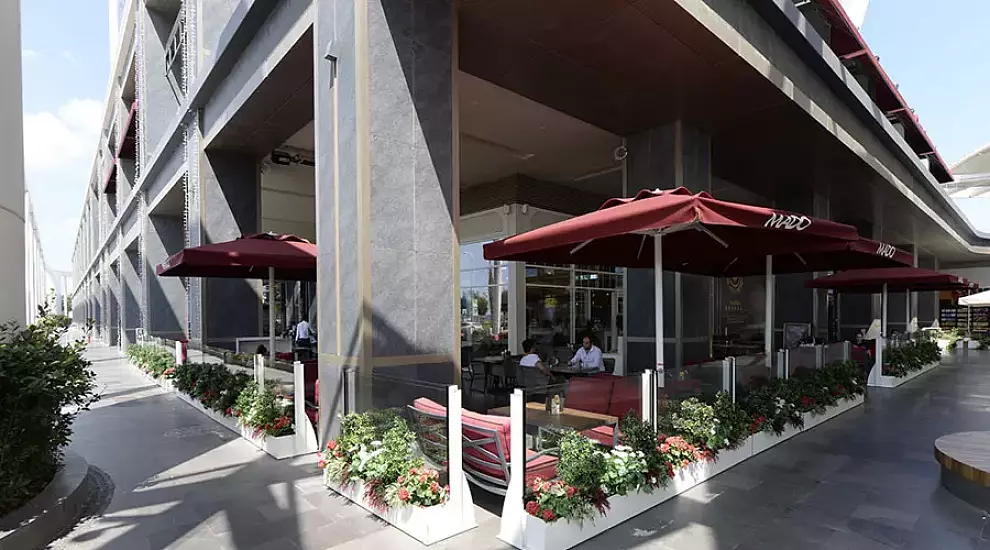Moving Architecture
Brief History of Static and Kinetic Architecture? How architecture started moving? In 1854, the fastest train could reach 65 km/h speed at most. Today, in 21st century, the fastest train can reach speeds of 600 km/h (approximately 375 miles per hour). Yes, the humankind walks at the same pace nothing has changed there, that true. However, we have to accept that, we are fond of things that are moving, and over time, we need things to move, to adapt faster and faster.
Technology has evolved to a point where a groundbreaking invention or device can be out of fashion in one year. Humans may still be walking in the same pace, but the life moves way faster than it did a couple of centuries ago. So where do we put architecture in this equation? In Vitruvius principles, architecture, if it is good enough, should maintain three notions. Firmatis – Strength, Utilitas – Utility/Functionality, Venustatis – Beauty/Aesthetics.
This was stated almost a millennium ago. Although “WHAT” these pillars still form the foundation of a good architecture, “HOW” they are applied has evolved intensively until today. In Ancient Greek Architecture the Doric or Ionic order columns were presented as large, iconic elements at the very front of buildings. The structure that carries the entire building was also the facade. Modern people learned to detach structure from aesthetics. A building, now, could be much higher, so high that it can touch the sky, yet show no signs of structure on the facade. Modern required flexibility, motion, and lightweight appearance.

How Moving Architecture is applied or designed?
When humankind achieved separating the structure and putting it on the side, the functionality and aesthetics become easier to play with. A building started to serve more expectations in terms of function. When something becomes lightweight, it is easier to move it. Imagine the Doric columns or the China Wall moving or retracting somehow. It would require enormous amounts of engine power. Glass and aluminum on the other hand tells something different. We reduced the weight and coarseness of architecture and learnt how to move architecture.
Possibly, a fundamental question on moving architecture is “What is the part or portion that is moving?”. Everything is moving and this is happening really fast in 21st century. Revolving doors, motorized blinds, shutters, rolling roofs and aluminum systems. A complete historical building can be loaded onto a special kind of rail from its foundation and shifted towards somewhere today. This movement is happening according to the contemporary needs and functions. Therefore, in order to design a moving part the project brief should be studied well and the functions that are desired should be analyzed. For instance a retractable wall or door system or a skylight over a large span can be good examples for moving architecture. Similarly, a structure on a rail system is another example for moving architecture. The ancient greeks very static and very rigid columns are not in compliance with todays lightweight, post-modern and flexible architectural productions. The structure seems to be detached from the gravity and still provide higher safety standards in todays moving architecture.

Why Moving Architecture?
Kinetic architecture is relatively new in architecture world yet some companies like Libart mastered the art of motion in architecture by investing in research and development and decades of experience. Today a wall can move and disappear completely thanks to these investments and a space does not have to be assigned as one thing only. A space can be multifunctional, the distinction between indoors and outdoors does not have to be so rigid and determined anymore. In moving architecture, a roof can move to the sides completely. A building can be doubled in square meters with a retractable structure. A wind-breaking system can double its height thanks to retractable systems. Moving architecture means, a glass wall can turn into a nicely designed balustrade. A room can also be a balcony, and a patio or a terrace can also be a room. Architecture has a lot more to offer today because it is moving, and we can move it to anywhere we want.

